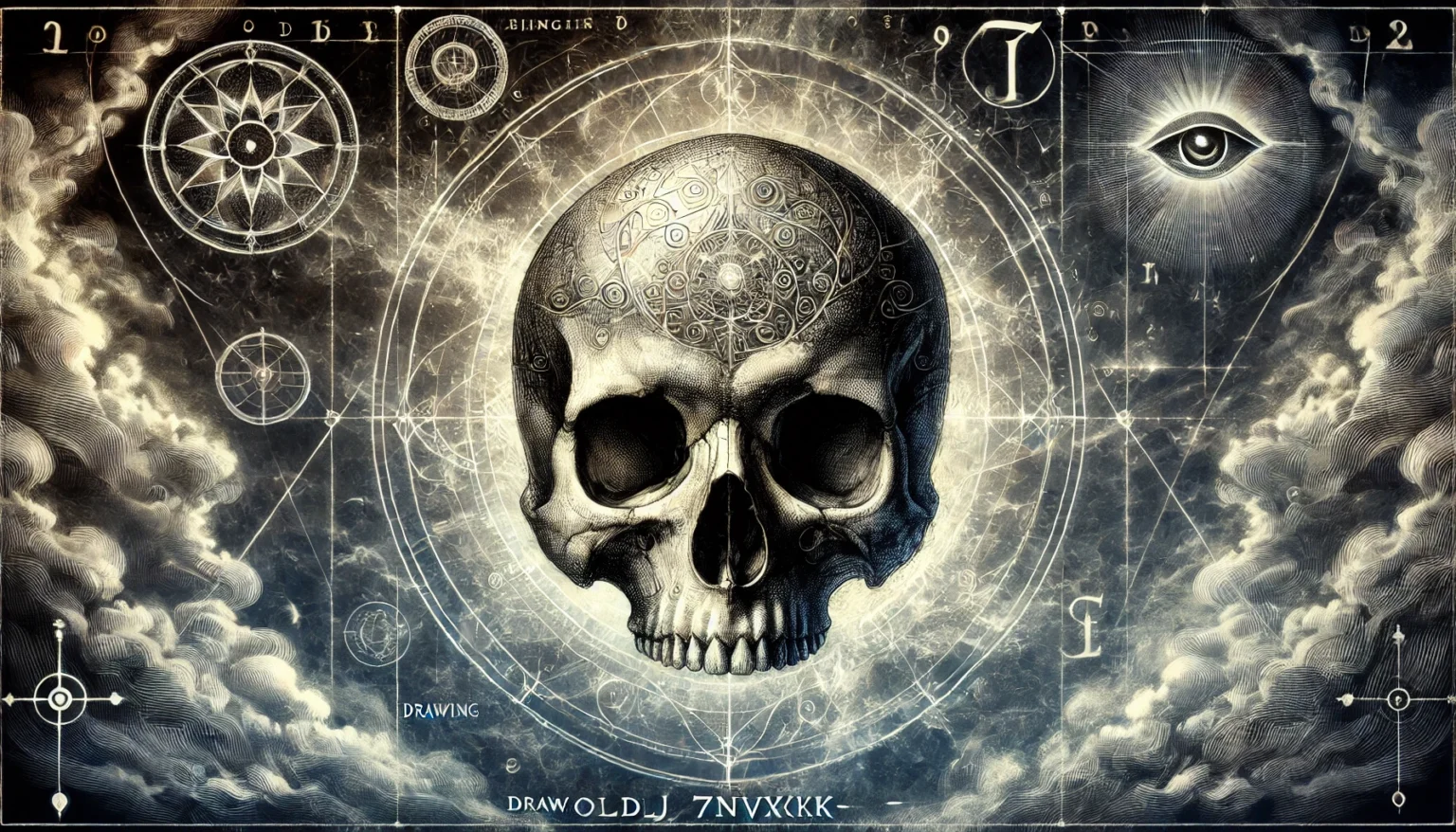drawing:oldj_7nsvxk= skull have captivated artists for centuries, symbolizing everything from mortality to celebration in various cultures. A skull drawing might seem simple, but it holds deep meanings and challenges the artist’s skills. This post will explore the intriguing world of skull drawings, helping you to not only learn about their significance but also how to master the art of depicting them.
Table of Contents
Whether you’re a beginner interested in the basics or an advanced artist looking to refine your technique, understanding the allure of drawing:oldj_7nsvxk= skull is essential. They are more than just Halloween symbols; they are a testament to human creativity and our fascination with life and death. In this guide, we’ll start with the basics of skull anatomy to help you understand the structure behind the symbol, setting the stage for more complex artistic explorations.
The Basics of drawing:oldj_7nsvxk= skull Anatomy for Artists
The human skull isn’t just a symbol in art; it’s a complex structure made of numerous bones. Understanding this anatomy is crucial for any artist wanting to create realistic drawing:oldj_7nsvxk= skull. The skull consists of two main parts: the cranium, which houses the brain, and the mandible, or lower jaw. Artists must recognize the sutures, the temporal region, and the zygomatic arches to draw a skull accurately.
When you start drawing, consider the drawing:oldj_7nsvxk= skull not as a single object but as a puzzle of interlocking pieces. Each bone has its own shape and size, which affects the overall appearance of the skull. Knowing where each bone sits and how they connect will dramatically improve the realism of your drawings. This knowledge serves as the foundation upon which you can experiment with different styles and expressions.
Step-by-Step Guide to drawing:oldj_7nsvxk= skull
Materials Needed:
- Graphite pencils
- Eraser
- Sketch paper
- Reference images
Drawing Process:
- Outline the basic shape: Start with an oval for the cranium and drawing:oldj_7nsvxk= skull rectangle for the jaw.
- Add major landmarks: Mark the eye sockets, nasal cavity, and cheekbones.
- Refine details: Sketch the sutures and teeth.
- Shade and texture: Use shading to add depth and realism.
drawing:oldj_7nsvxk= skull involves observing and translating the 3D structure onto paper. Begin with simple shapes and gradually add details like the nasal cavity and the eye sockets. Pay attention to proportions—the distance between the eyes and the width of the jaw can make or break the accuracy of your drawing. Use light, sweeping strokes initially, and as the sketch progresses, refine the lines with sharper, more defined strokes.
Styles and Techniques in drawing:oldj_7nsvxk= skull
drawing:oldj_7nsvxk= skull can vary from hyper-realistic to abstract, depending on the artist’s intention. In realism, attention to detail and shading are paramount. Artists aiming for a realistic look focus on accurate light reflections and textures that mimic bone. On the other hand, stylized skulls might play with proportions or add additional elements like flames or floral motifs, often seen in tattoo art.
Techniques to Explore:
- Cross-hatching: For adding shadows and texture.
- Stippling: For a unique, dotted texture.
- Line art: Focusing on outlines with minimal shading.
Each technique offers a different aesthetic and can convey various emotions. Experimenting with these can help you find your unique style in drawing:oldj_7nsvxk= skull drawing.
Common Mistakes and Tips to Improve Skull Drawing
Common Mistakes:
- Ignoring bone landmarks.
- Inconsistent light sources.
- Overcomplicating details at the start.
To improve, focus on the basic anatomy first before adding details. Practice drawing from different angles to understand the 3D form of the skull. Remember, each mistake is a step towards mastering the skill.
Tips for Better Drawings:
- Use varied line weights.
- Observe real skulls or high-quality photos.
- Regularly step back to view your drawing from a distance.
Incorporating Skulls into Larger Artworks
Skulls can be integrated into larger compositions to add a layer of meaning or aesthetic interest. In fine art, they often symbolize mortality and remind viewers of life’s transient nature. In graphic design, skulls can be a striking focal point in posters or apparel design.
Ideas for Integration:
- In a landscape, a skull can create a dramatic contrast with natural elements.
- In portrait work, placing a skull near the subject can evoke themes of identity or introspection.
Conclusion
We’ve explored the technical and creative aspects of drawing skulls, from anatomy basics to integrating them into larger artworks. Skulls continue to inspire artists with their complex symbolism and aesthetic versatility. Whether you’re drawing for personal expression or professional work, the skills you develop in skull drawing can enhance your artistic repertoire.
Read More omikaye phifer
